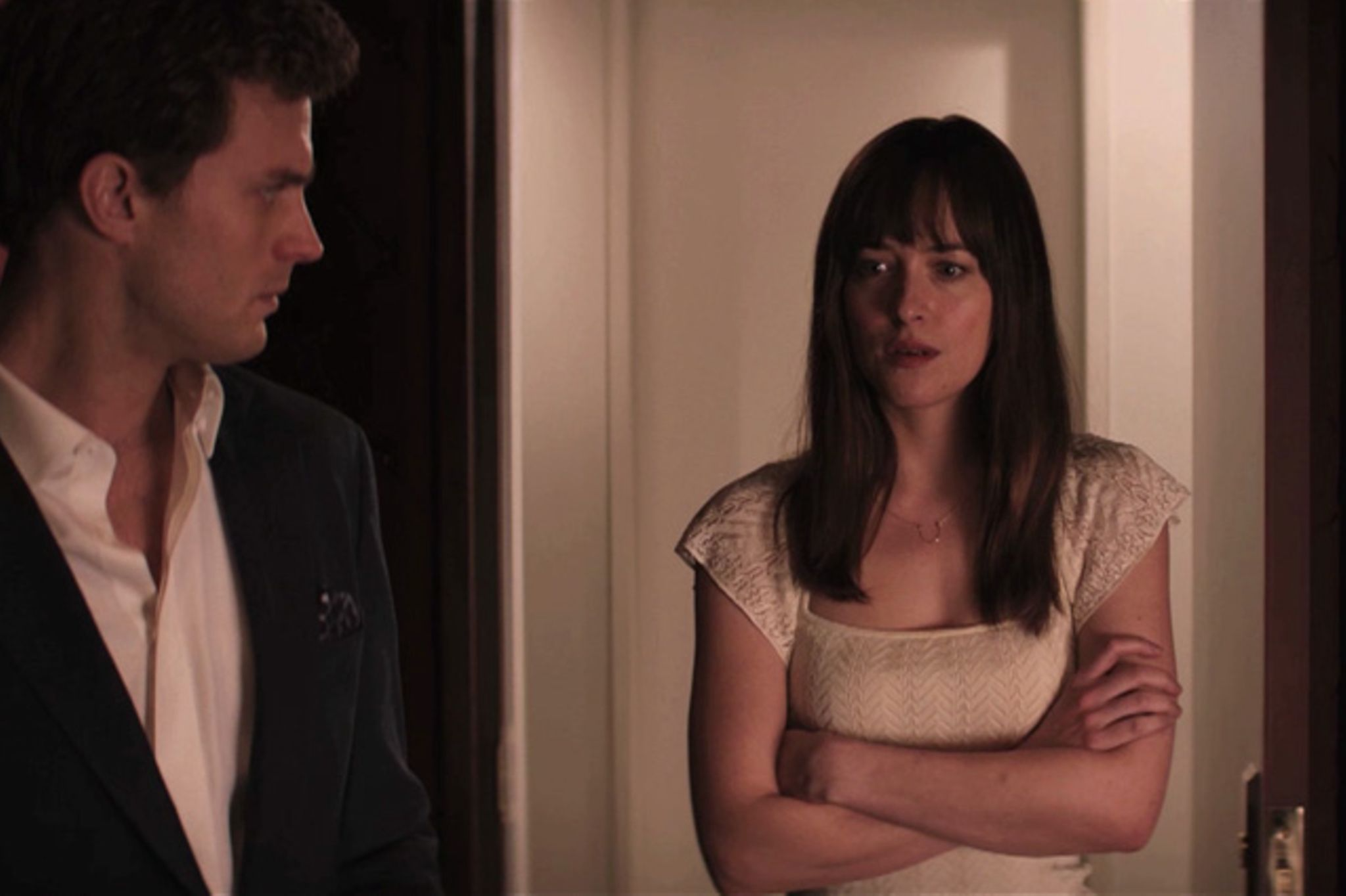
When “Fifty Shades of Grey” first hit the shelves, it quickly became a cultural phenomenon, captivating readers with its steamy romance and complex characters. The film adaptation, released in 2015, aimed to bring this story to life on the big screen. However, as with many adaptations, the transition from page to screen involved significant changes. In this article, we’ll explore the 15 biggest changes that the “Fifty Shades of Grey” movies made to the books, revealing how these alterations impacted the story and its characters.
1. Character Development: Anastasia Steele
A More Simplified Character Arc
In the books, Anastasia Steele is a complex character with a rich inner life. The films, however, streamline her character development, focusing more on her relationship with Christian Grey than her personal growth. This change can make her seem less dynamic on screen.
2. Christian Grey’s Backstory
Less Emphasis on Trauma
The books delve deeply into Christian Grey’s troubled past, exploring his childhood and the events that shaped him. The films gloss over much of this backstory, which can lead to a less nuanced understanding of his character and motivations.
3. The Role of Supporting Characters
Diminished Presence of Key Figures
In the novels, supporting characters like Kate Kavanagh and José Rodriguez play significant roles in Anastasia’s life. The films reduce their screen time and impact, which can alter the dynamics of the story and the protagonist’s relationships.
4. The BDSM Elements
A Softer Approach to BDSM
While the books provide a detailed exploration of BDSM practices and the emotional complexities involved, the films take a more sanitized approach. This change may make the story more palatable for mainstream audiences but can dilute the authenticity of the BDSM representation.
5. The Ending of the First Film
A Cliffhanger vs. Closure
The first film ends on a cliffhanger, leaving viewers eager for more. In contrast, the book provides a more conclusive ending to the first installment of the series. This change can affect how audiences perceive the characters’ journeys.
6. The Use of Humor
A Lighter Tone in the Films
The books contain moments of humor that provide relief from the intense themes. The films, however, often lean into a more serious tone, which can change the overall feel of the story and its characters.
7. The Role of Internal Monologue
Less Insight into Thoughts and Feelings
One of the strengths of the books is Anastasia’s internal monologue, which offers readers insight into her thoughts and feelings. The films, lacking this narrative device, can make it harder for viewers to connect with her emotional journey.
8. The Proposal Scene
A Different Approach to Romance
In the book, Christian’s proposal is a significant moment filled with emotional weight. The film adaptation alters this scene, making it feel less impactful and more rushed, which can diminish its significance in the overall narrative.
9. The Use of Music
Soundtrack Choices
The films feature a carefully curated soundtrack that enhances the romantic and dramatic moments. While the books rely on descriptive language to set the mood, the films use music to evoke emotions, creating a different experience for the audience.
10. The Role of Technology
Modernizing Communication
The films incorporate modern technology, such as texting and video calls, to depict communication between characters. This change reflects contemporary relationships but can also shift the tone of the story from the book’s original setting.
11. The Depiction of Sex Scenes
Less Explicit Content
While the books are known for their explicit content, the films tone down some of the more graphic scenes. This change may make the films more accessible to a broader audience but can also alter the intensity of the story.
12. The Character of Mrs. Robinson
A Different Dynamic
In the books, the character of Elena Lincoln (Mrs. Robinson) plays a significant role in Christian’s life and his understanding of relationships. The films reduce her presence and influence, which can change the audience’s perception of Christian’s character development.
